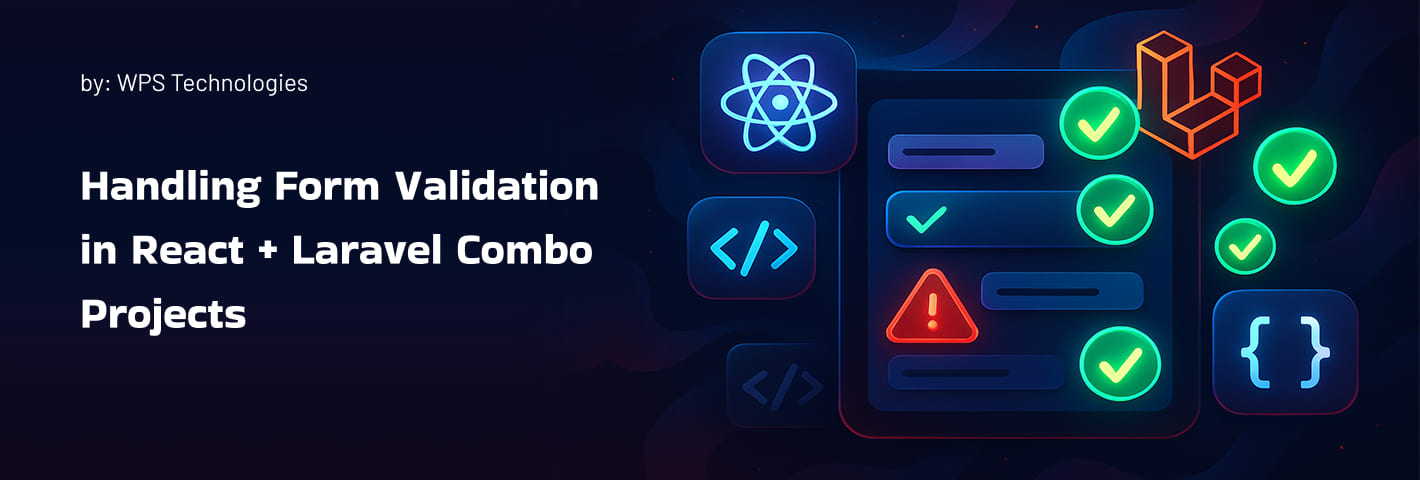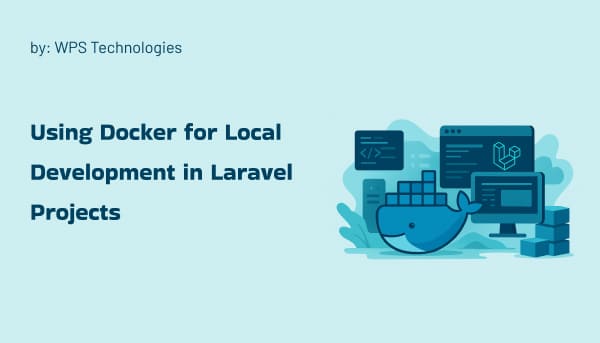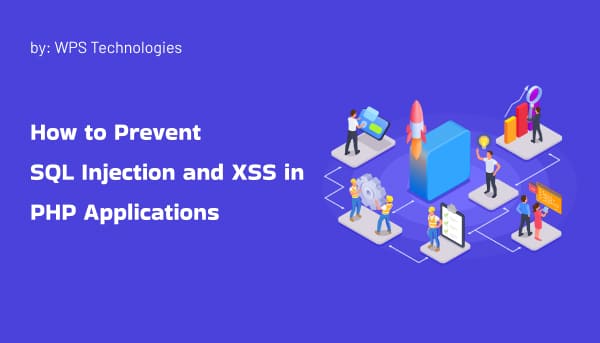
Handling Form Validation in React + Laravel Combo Projects
Form validation plays a critical role in web development. When combining React as the frontend and Laravel as the backend, developers need to manage validation on both layers to ensure data accuracy, security, and a smooth user experience. This guide explains how to handle form validation efficiently in a React + Laravel stack.
Client-Side Validation with React
Client-side validation provides instant feedback to users and prevents unnecessary API requests. In React, you can use various tools to simplify the process.
- React Hook Form: A performant, easy-to-integrate form library.
- Yup: A JavaScript schema builder used to define validation rules.
- Inline Error Messages: Help users understand what needs to be corrected.
- Disable Submit Button: Only enable the button when all fields are valid.
Server-Side Validation with Laravel
Server-side validation ensures that even if someone bypasses the frontend, your backend still enforces rules and protects your database.
- Built-in Validation: Laravel provides request validation out of the box.
- Custom Error Messages: Send clear and descriptive error responses.
- HTTP 422 Response: Use it to indicate validation failures to the client.
- Form Request Classes: A clean way to manage complex validation logic.
Synchronizing Frontend and Backend Validation
To maintain consistency and provide the best user experience, validation logic should be in sync between React and Laravel.
- Consistent Rules: Keep the same validation criteria in both layers.
- Error Mapping: Show backend errors under the relevant input fields.
- Catch Validation Errors: Handle API responses in React gracefully.
- User Feedback: Ensure error messages are easy to understand.
General Best Practices
Implementing good validation practices helps prevent bugs, reduces support tickets, and increases user trust.
- Never Trust Client-Side Only: Always validate on the server too.
- Use Secure Libraries: Choose well-maintained validation tools.
- Perform Regular Updates: Keep frameworks and packages current.
- Security Awareness: Train your team in secure form handling.
- Accessibility: Ensure validation messages are screen-reader friendly.
Conclusion
Form validation in a React + Laravel combo project should be approached with strategy and care. React handles the user-facing validation for better UX, while Laravel ensures data security on the server side. Together, they create a robust, reliable validation system when implemented correctly.


